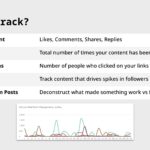Becoming a fishing guide in California is a rewarding career path for passionate anglers. This comprehensive guide, in collaboration with CONDUCT.EDU.VN, will outline the steps, requirements, and insider tips to help you navigate the process and thrive in California’s diverse angling scene. Learn how to turn your passion into a profession and provide unforgettable fishing experiences for others.
1. Understanding the California Fishing Guide Landscape
California’s diverse aquatic ecosystems offer a wide range of fishing opportunities, from serene mountain streams teeming with trout to the vast Pacific Ocean teeming with diverse marine life. This diversity translates to a vibrant fishing guide industry, with opportunities for both freshwater and saltwater specialists. Before embarking on your journey, it’s crucial to understand the specific requirements and regulations that govern each environment. CONDUCT.EDU.VN provides detailed resources and up-to-date information to help you navigate these complexities and ensure compliance.
1.1. Freshwater vs. Saltwater Guiding: Key Differences
The regulations and permits required to operate as a fishing guide in California differ significantly depending on whether you intend to guide in freshwater or saltwater environments. Freshwater guiding primarily involves obtaining a Guide License from the California Department of Fish and Wildlife (CDFW), while saltwater guiding requires a United States Coast Guard (USCG) Merchant Mariner Credential (MMC), commonly known as a Captain’s License, along with other specific permits and licenses. CONDUCT.EDU.VN offers comprehensive guides outlining the specific requirements for each category, ensuring you start on the right foot.
1.2. Geographic Specialization: Identifying Your Niche
California’s vast size and diverse geography allow for niche specialization within the fishing guide industry. Consider focusing on a specific region, such as the Eastern Sierra Nevada for fly fishing, the Sacramento-San Joaquin Delta for striped bass, or the Southern California coast for offshore game fishing. Specializing in a particular area allows you to develop in-depth knowledge of the local ecosystem, fish species, and optimal fishing techniques, enhancing your expertise and attracting a targeted clientele. Remember, regulations can vary even within specific regions, so consulting resources like CONDUCT.EDU.VN is crucial.
1.3. Target Species: Defining Your Area of Expertise
Similar to geographic specialization, focusing on specific fish species can further define your niche and attract anglers with particular interests. For example, you could specialize in guiding for trout in mountain streams, salmon in coastal rivers, or tuna and marlin in offshore waters. Deep knowledge of the target species’ behavior, habitat, and preferred fishing methods will make you a more effective and sought-after guide.
2. Essential Qualifications and Training for California Fishing Guides
To legally operate as a fishing guide in California, you must meet specific qualifications and complete mandatory training programs. These requirements ensure that guides possess the necessary knowledge, skills, and safety certifications to provide a safe and enjoyable experience for their clients. CONDUCT.EDU.VN provides resources outlining the approved training providers and the specific content covered in these programs.
2.1. The USCG Captain’s License (MMC) for Saltwater Guides
For saltwater guiding, obtaining a Captain’s License, officially known as the Merchant Mariner Credential (MMC), from the United States Coast Guard (USCG) is paramount. This license demonstrates that you have met the rigorous requirements for operating a vessel safely and responsibly. The requirements include:
- Age: Must be at least 19 years old.
- Sea Service: Accumulate documented sea service, typically 360 days, with specific requirements for near coastal or inland waters.
- Physical Examination: Pass a thorough physical examination to ensure you meet the medical standards for operating a vessel.
- Drug Testing: Pass a drug test and participate in a drug testing program.
- TWIC Card: Obtain a Transportation Worker Identification Credential (TWIC) card.
- Written Examination: Pass a comprehensive written examination covering navigation rules, safety procedures, vessel operation, and environmental regulations.
2.2. Guide License from the California Department of Fish and Wildlife (CDFW) for Freshwater Guides
For freshwater guiding, a Guide License from the California Department of Fish and Wildlife (CDFW) is essential. Requirements include:
- Age: Must be at least 18 years old.
- First Aid and CPR Certification: Possess current certification in First Aid and CPR from an accredited organization.
- Examination: Pass an exam on relevant fish and game laws and regulations.
- Bond: File a surety bond of $5,000.
2.3. First Aid and CPR Certification: A Universal Requirement
Regardless of whether you choose to guide in freshwater or saltwater, current certification in First Aid and CPR is a non-negotiable requirement. This certification equips you with the essential skills to respond effectively to medical emergencies that may arise during a fishing trip, ensuring the safety and well-being of your clients. Courses are widely available through organizations like the American Red Cross and the American Heart Association.
2.4. Additional Certifications and Training: Enhancing Your Expertise
While the Captain’s License or Guide License are the primary requirements, acquiring additional certifications and training can significantly enhance your expertise and marketability as a fishing guide. Consider pursuing certifications in:
- Fly Fishing Instruction: Certified Fly Fishing Instructor (CFFI) through Fly Fishers International.
- Boat Handling: Advanced boat handling courses offered by various maritime academies.
- Marine Radio Operation: FCC Marine Radio Operator Permit.
- Wilderness First Responder: Wilderness First Responder (WFR) certification for guiding in remote areas.
3. Navigating the Licensing Process: A Step-by-Step Guide
The licensing process for becoming a fishing guide in California can seem daunting, but breaking it down into manageable steps can make it more approachable. This section provides a step-by-step guide for both saltwater and freshwater guiding, highlighting key documents and resources. CONDUCT.EDU.VN serves as a valuable resource throughout this process, offering checklists, application templates, and links to relevant government websites.
3.1. Saltwater Guiding: Obtaining Your USCG Captain’s License (MMC)
- Determine Eligibility: Ensure you meet the age, sea service, and medical requirements for the desired license level.
- Complete a USCG-Approved Course: Enroll in and successfully complete a USCG-approved maritime training course covering the required topics.
- Gather Required Documents: Assemble all necessary documentation, including proof of sea service, physical examination report, drug test results, TWIC card, and course completion certificate.
- Submit Application: Submit your application package to the USCG Regional Exam Center (REC) in your area.
- Pass Examination: Pass the comprehensive written examination administered by the USCG.
- Receive Your License: Upon successful completion of all requirements, you will receive your Merchant Mariner Credential (MMC) with the appropriate endorsements.
3.2. Freshwater Guiding: Obtaining Your CDFW Guide License
- Meet Basic Requirements: Ensure you meet the age and First Aid/CPR certification requirements.
- Complete Application: Complete the application form provided by the CDFW.
- Pass Examination: Pass the exam on fish and game laws and regulations.
- Obtain Surety Bond: Secure a surety bond of $5,000.
- Submit Application and Fees: Submit your completed application, required documents, and applicable fees to the CDFW.
- Receive Your License: Upon approval, you will receive your California Guide License.
3.3. Essential Insurance for Fishing Guides
| Insurance Type | Description | Why It’s Important |
|---|---|---|
| General Liability Insurance | Covers bodily injury or property damage caused to third parties. | Protects against lawsuits resulting from accidents or injuries sustained by clients or other individuals on your boat or premises. |
| Commercial Auto Insurance | Covers accidents involving your vehicle if used for business purposes. | Essential if you transport clients or equipment to fishing locations using your vehicle. |
| Workers’ Compensation Insurance | Covers medical expenses and lost wages for employees injured on the job. | Required if you hire employees. |
| Boat Insurance (Hull & Liability) | Protects your boat against physical damage and covers liability for accidents involving your boat. | Vital for protecting your investment in your boat and covering potential liabilities arising from boating accidents. |
| Professional Liability Insurance (Errors & Omissions) | Protects against claims of negligence or errors in your professional services. | Provides coverage if a client alleges that your advice or guidance led to financial loss or injury. |
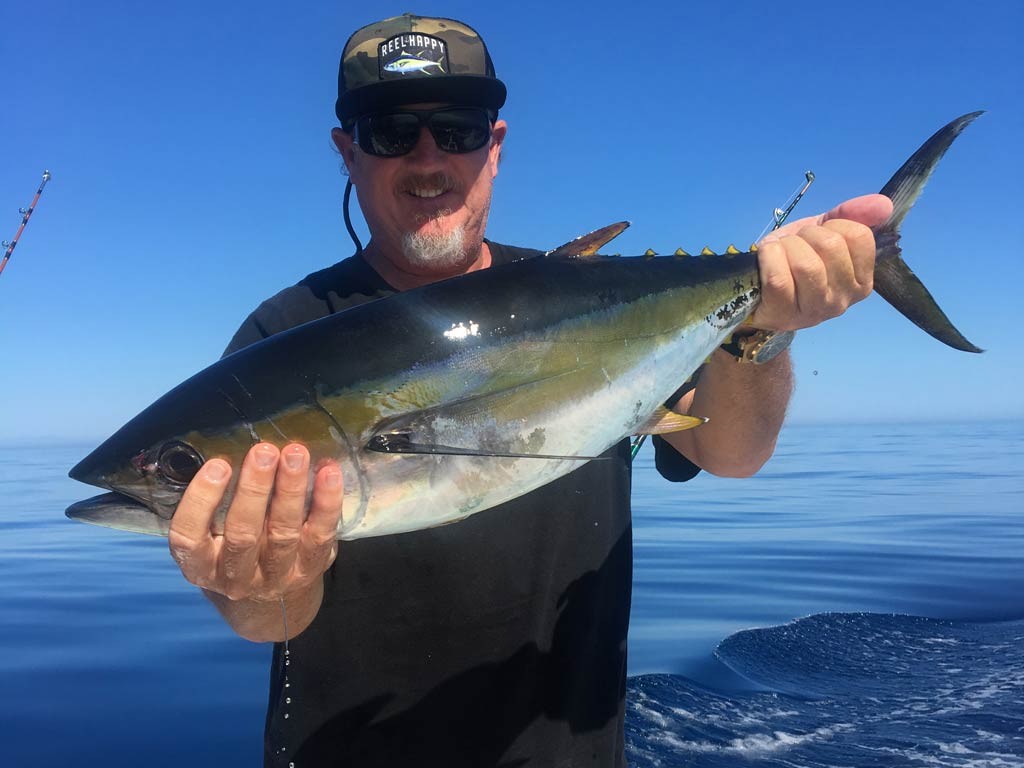
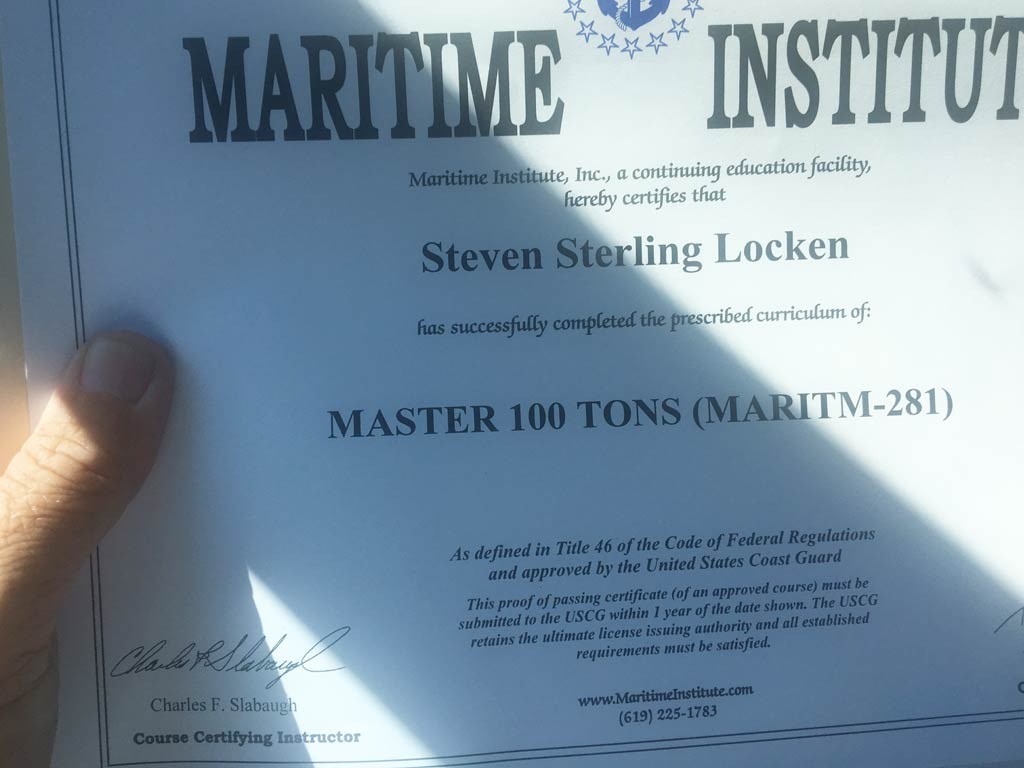
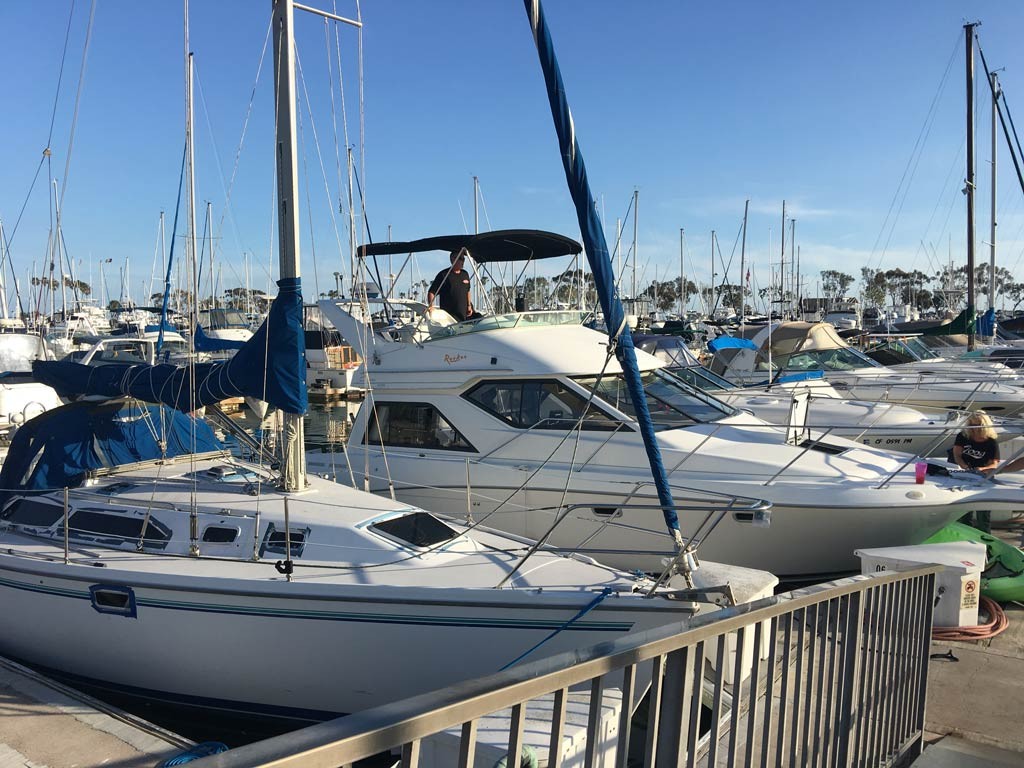
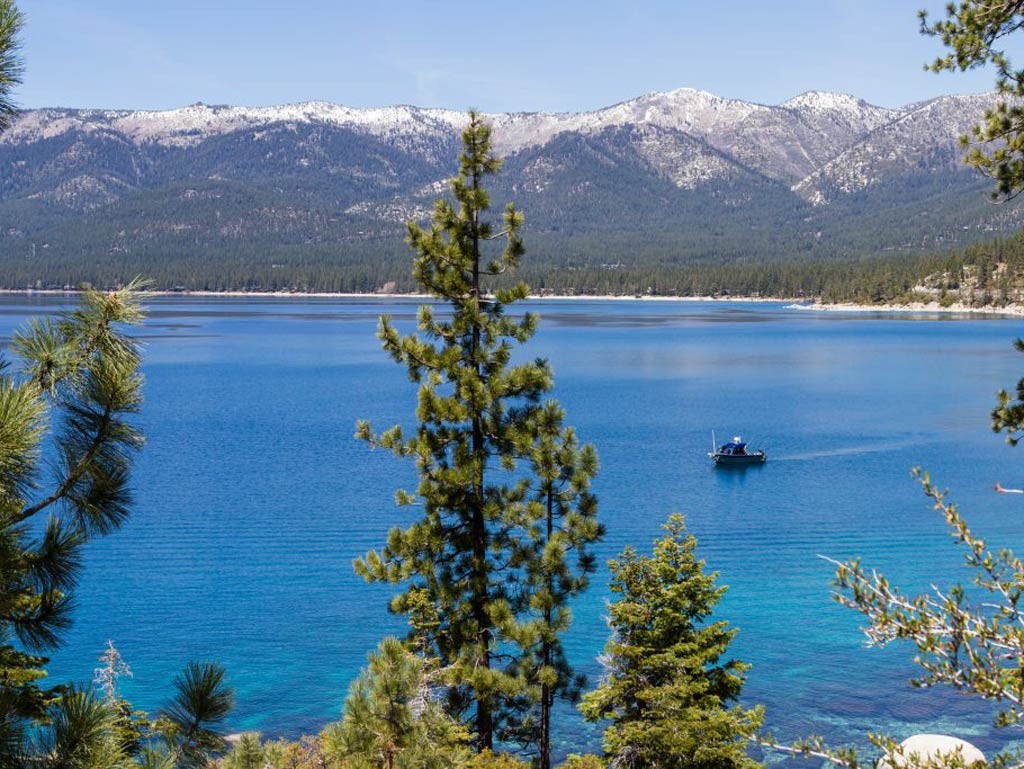
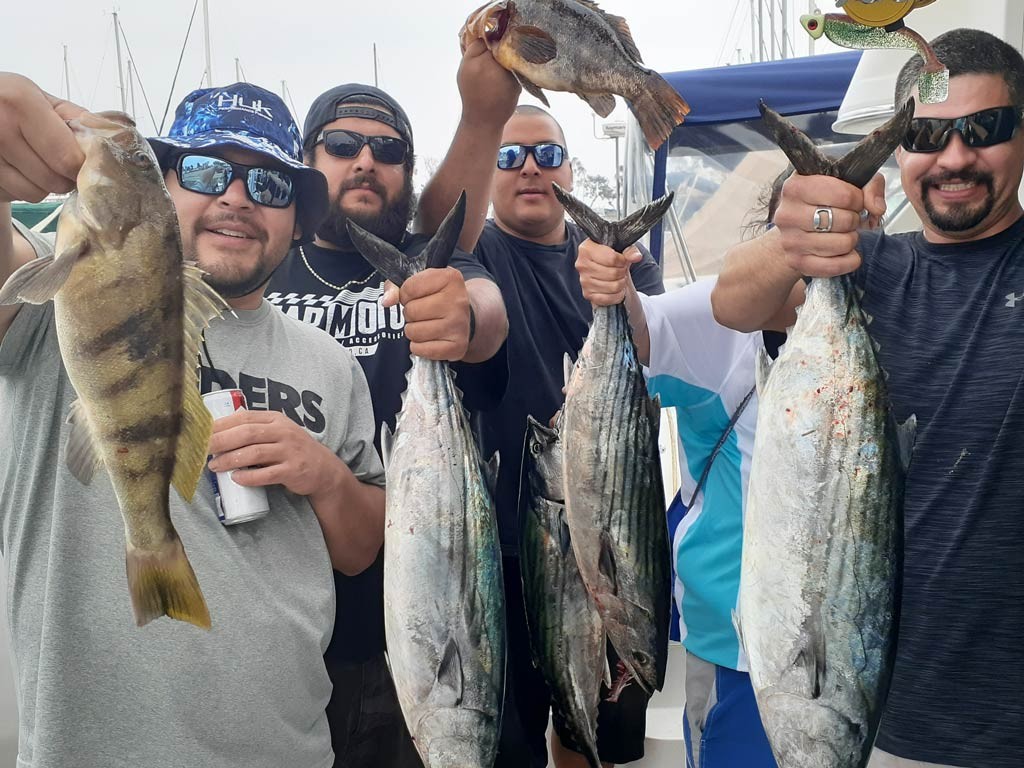
3.3. Registering Your Boat: Complying with DMV Regulations
In addition to obtaining the necessary licenses and permits, you must also register your boat with the California Department of Motor Vehicles (DMV). This registration ensures that your vessel meets the state’s safety standards and that you are authorized to operate it on California waters. The registration process involves:
- Completing the Application: Fill out the Boat Registration Application form provided by the DMV.
- Providing Proof of Ownership: Submit documentation proving your ownership of the boat, such as a bill of sale or manufacturer’s certificate of origin.
- Paying Registration Fees: Pay the applicable registration fees, which vary depending on the size and type of vessel.
- Displaying Registration Numbers: Properly display the assigned registration numbers on your boat according to DMV regulations.
4. Building Your Fishing Guide Business: Marketing and Client Management
Once you have obtained the necessary qualifications and licenses, the next step is to build your fishing guide business. This involves developing a marketing strategy to attract clients and implementing effective client management practices to ensure customer satisfaction and repeat business. CONDUCT.EDU.VN provides resources and templates for developing business plans, marketing materials, and client communication protocols.
4.1. Developing a Marketing Strategy: Reaching Your Target Audience
A well-defined marketing strategy is crucial for attracting clients and establishing your presence in the competitive fishing guide market. Consider the following marketing tactics:
- Website and Online Presence: Create a professional website showcasing your services, experience, and target species. Optimize your website for search engines (SEO) to improve its visibility in online searches.
- Social Media Marketing: Utilize social media platforms like Instagram, Facebook, and YouTube to share captivating photos and videos of your fishing trips, engage with potential clients, and build your brand.
- Online Booking Platforms: List your services on online booking platforms like FishingBooker to reach a wider audience and streamline the booking process.
- Partnerships with Local Businesses: Collaborate with local hotels, tackle shops, and tourism agencies to promote your services and reach new clients.
- Print Advertising: Consider placing advertisements in local fishing magazines, newspapers, and tourism brochures.
- Networking: Attend fishing shows, tournaments, and industry events to network with potential clients and other professionals in the fishing community.
4.2. Client Communication and Relationship Management
Effective client communication and relationship management are essential for ensuring customer satisfaction and building a loyal clientele. Implement the following practices:
- Prompt and Professional Communication: Respond promptly and professionally to all inquiries, providing clear and concise information about your services, rates, and availability.
- Personalized Service: Tailor your fishing trips to meet the specific needs and preferences of your clients, considering their skill level, target species, and desired experience.
- Pre-Trip Briefing: Conduct a thorough pre-trip briefing to discuss the fishing plan, safety procedures, and any relevant information about the local ecosystem.
- Engaging Guiding Style: Maintain an engaging and informative guiding style, sharing your knowledge of fishing techniques, local history, and environmental conservation.
- Post-Trip Follow-Up: Follow up with your clients after the trip to thank them for their business, solicit feedback, and offer future booking opportunities.
4.3. Setting Competitive Rates and Packages
Research the going rates for fishing guide services in your area and develop competitive pricing packages that reflect the value of your services. Consider offering different packages based on the duration of the trip, the target species, and the level of included amenities. Be transparent about your pricing and clearly communicate any additional fees or charges.
5. Ethical and Sustainable Fishing Practices: Protecting the Resource
As a fishing guide, you have a responsibility to promote ethical and sustainable fishing practices that protect the resource for future generations. Adhere to the following principles:
5.1. Compliance with Regulations:
Strictly adhere to all applicable fishing regulations, including bag limits, size restrictions, gear restrictions, and closed seasons. Stay informed about any changes to these regulations and educate your clients about their responsibilities.
5.2. Catch and Release Techniques:
Promote catch and release fishing whenever possible, especially for sensitive or overfished species. Employ proper catch and release techniques to minimize stress and injury to the fish, ensuring their survival upon release.
5.3. Minimizing Environmental Impact:
Take steps to minimize your environmental impact during fishing trips, such as avoiding sensitive habitats, properly disposing of waste, and using environmentally friendly fishing gear.
5.4. Educating Clients:
Educate your clients about the importance of ethical and sustainable fishing practices, encouraging them to become responsible stewards of the marine environment.
5.5. Supporting Conservation Efforts:
Support local conservation organizations and initiatives that work to protect and restore fish populations and their habitats.
6. Legal and Regulatory Compliance: Staying Up-to-Date
The legal and regulatory landscape for fishing guides is constantly evolving. It is crucial to stay informed about any changes to the laws and regulations that govern your business. CONDUCT.EDU.VN provides regular updates on relevant legislation and regulatory changes.
6.1. Understanding Maritime Law:
Familiarize yourself with the basic principles of maritime law, including vessel operation regulations, passenger safety requirements, and liability considerations.
6.2. Staying Informed About Regulatory Changes:
Subscribe to newsletters and publications from the USCG, CDFW, and other relevant regulatory agencies to stay informed about any changes to the laws and regulations that affect your business.
6.3. Seeking Legal Counsel:
Consult with an attorney specializing in maritime or business law to ensure that your business operations comply with all applicable legal requirements.
7. The Importance of Continuing Education and Professional Development
The fishing industry is constantly evolving, with new technologies, techniques, and regulations emerging regularly. Continuing education and professional development are essential for staying competitive and providing the best possible service to your clients.
7.1. Attending Workshops and Seminars:
Attend workshops and seminars on topics such as fishing techniques, boat handling, navigation, and client communication.
7.2. Participating in Industry Associations:
Join professional fishing guide associations to network with other guides, share best practices, and stay informed about industry trends.
7.3. Obtaining Advanced Certifications:
Pursue advanced certifications in areas such as fly fishing instruction, boat handling, or marine safety to enhance your expertise and credibility.
8. Potential Challenges and How to Overcome Them
Becoming a successful fishing guide is not without its challenges. Be prepared to face potential obstacles and develop strategies for overcoming them.
8.1. Seasonality:
Fishing seasons vary depending on the species and location. Develop strategies for managing your business during slow seasons, such as offering alternative activities, diversifying your services, or pursuing other income streams.
8.2. Competition:
The fishing guide industry can be competitive. Differentiate yourself by specializing in a niche market, providing exceptional customer service, and developing a strong marketing strategy.
8.3. Weather Conditions:
Unpredictable weather conditions can impact fishing trips. Develop contingency plans for dealing with inclement weather, such as rescheduling trips or offering alternative activities.
8.4. Equipment Maintenance:
Maintaining your boat and fishing equipment can be costly. Establish a preventative maintenance program to minimize breakdowns and extend the lifespan of your equipment.
9. Real-World Advice From Experienced Fishing Guides
To gain further insight into the realities of being a fishing guide, let’s look at some advice and best practices from seasoned professionals:
9.1. Client Expectations:
“Always manage client expectations before you even leave the dock,” says Captain Jake, a long-time charter guide in San Diego. “Be upfront about the conditions, the target species, and the likelihood of success. Honesty builds trust, even if it means fewer bookings sometimes.”
9.2. Safety First:
“No fish is worth risking a life,” emphasizes Maria, a freshwater guide in the Sierra Nevada. “Always prioritize safety above everything else. Make sure your clients understand the safety procedures and are wearing appropriate gear. Regularly inspect your equipment and never take unnecessary risks.”
9.3. Be a Perpetual Student:
“The learning never stops,” states Tom, who specializes in fly fishing instruction. “Stay curious, experiment with new techniques, and always be willing to learn from others. Attend workshops, read articles, and watch videos to improve your skills.”
9.4. Environmental Stewardship:
“We are the custodians of the resource,” asserts Lisa, who focuses on sustainable fishing practices. “Educate your clients about the importance of conservation and encourage them to respect the environment. Practice catch and release, minimize your impact, and support local conservation efforts.”
10. Frequently Asked Questions (FAQ) About Becoming a Fishing Guide in California
This section addresses some of the most frequently asked questions about becoming a fishing guide in California.
- Q1: What is the difference between a Captain’s License and a Guide License?
- A1: A Captain’s License (MMC) is required for saltwater guiding and is issued by the US Coast Guard. A Guide License is required for freshwater guiding and is issued by the California Department of Fish and Wildlife.
- Q2: How long does it take to get a Captain’s License?
- A2: The time it takes to get a Captain’s License varies depending on the individual’s experience and the type of course they choose to take. It can range from a few weeks to several months.
- Q3: How much does it cost to become a fishing guide in California?
- A3: The cost of becoming a fishing guide varies depending on the specific requirements and training programs you choose. It can range from a few thousand dollars to tens of thousands of dollars.
- Q4: Do I need to have my own boat to become a fishing guide?
- A4: Yes, in most cases, you will need to have your own boat to operate as a fishing guide.
- Q5: Is boat insurance mandatory in California?
- A5: No, boat insurance isn’t mandatory in California but some marinas or landlords may require it. It is strongly recommended.
- Q6: Where can I find a list of USCG-approved maritime training courses?
- A6: You can find a list of USCG-approved maritime training courses on the US Coast Guard website.
- Q7: How do I register my boat with the California DMV?
- A7: You can register your boat with the California DMV by completing the Boat Registration Application form and submitting it along with the required documents and fees.
- Q8: What are the most important qualities of a successful fishing guide?
- A8: The most important qualities of a successful fishing guide include knowledge of fishing techniques, boat handling skills, communication skills, customer service skills, and a passion for fishing.
- Q9: How can I attract clients to my fishing guide business?
- A9: You can attract clients by developing a strong marketing strategy, providing exceptional customer service, and specializing in a niche market.
- Q10: What are some of the challenges of being a fishing guide?
- A10: Some of the challenges of being a fishing guide include seasonality, competition, weather conditions, and equipment maintenance.
Conclusion: Your Journey to Becoming a California Fishing Guide Starts Now
Becoming a fishing guide in California is a challenging but rewarding career path for those who are passionate about fishing and enjoy sharing their knowledge and skills with others. By following the steps outlined in this guide, you can navigate the licensing process, build a successful business, and contribute to the sustainable management of California’s valuable aquatic resources. Remember, CONDUCT.EDU.VN is your trusted resource for navigating the complexities of ethical conduct and regulatory compliance in the fishing industry.
Ready to take the next step? Visit CONDUCT.EDU.VN today to access comprehensive resources, checklists, and expert guidance to help you launch your career as a fishing guide in California.
Contact us:
- Address: 100 Ethics Plaza, Guideline City, CA 90210, United States
- WhatsApp: +1 (707) 555-1234
- Website: conduct.edu.vn

